Recently updated on October 23rd, 2025 at 07:36 pm
Let’s be completely honest here – the best time to visit Italy is whenever you have time. Because Italy is always a good idea, meaning there is really no bad time to visit Italy!
That said, you need to consider the ever-changing moods of this southern European nation. Each season brings something different, from spring’s rolling green hills to peak summer energy, to cozy autumn harvest festivals, to winter’s quiet charm.
Timing your trip wisely can mean different things. From breezy April afternoons in Venice to truffle-laden November feasts in Piedmont, each Italian region shines in different ways throughout the year. Some months bring peak crowds and soaring prices, while others offer peaceful streets and intimate cultural experiences.
Let’s dive into some common questions, then break down Italy season-by-season to find your perfect month to visit Italy.
1. What is the best month to go to Italy?
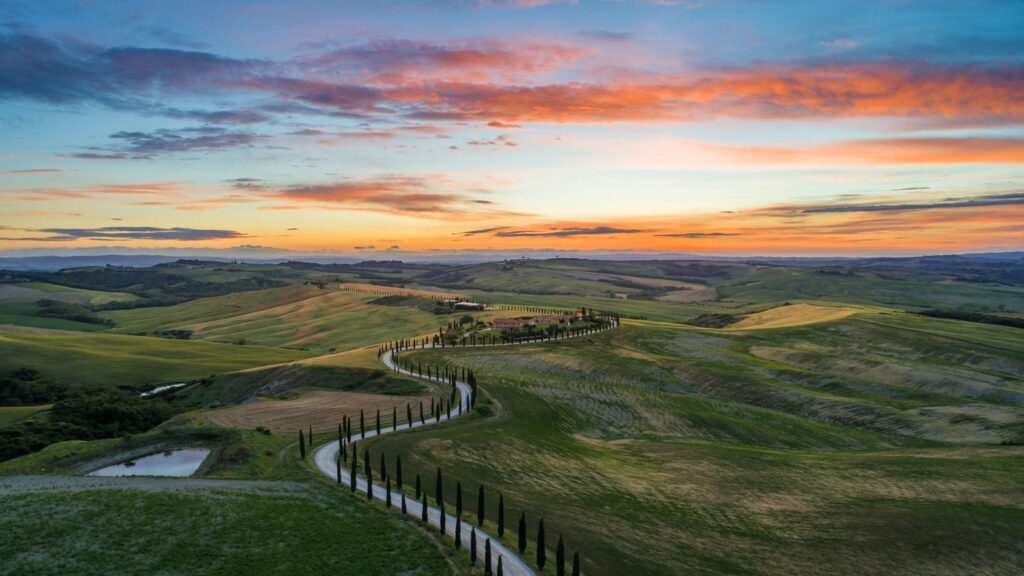

October might be Italy’s sweet spot – think golden vineyards, crisp air, and thinner crowds. The chaos of high season fades, but warm weather lingers – especially in the south – with mild temperatures ranging from 10-23°C (50-73°F). It’s the perfect time for city strolls and countryside escapes, and for keen foodies autumn is harvest time.
If not October, May might be the other best month. In late spring you’ll experience the beauty of Italy warming up with temperatures ranging from 18-25°C (64-77°F). Cities like Rome, Florence, and Venice are lively but not overwhelming. While the Amalfi Coast and Cinque Terre are gorgeous before peak season crowds arrive.
2. How many days are enough for Italy?
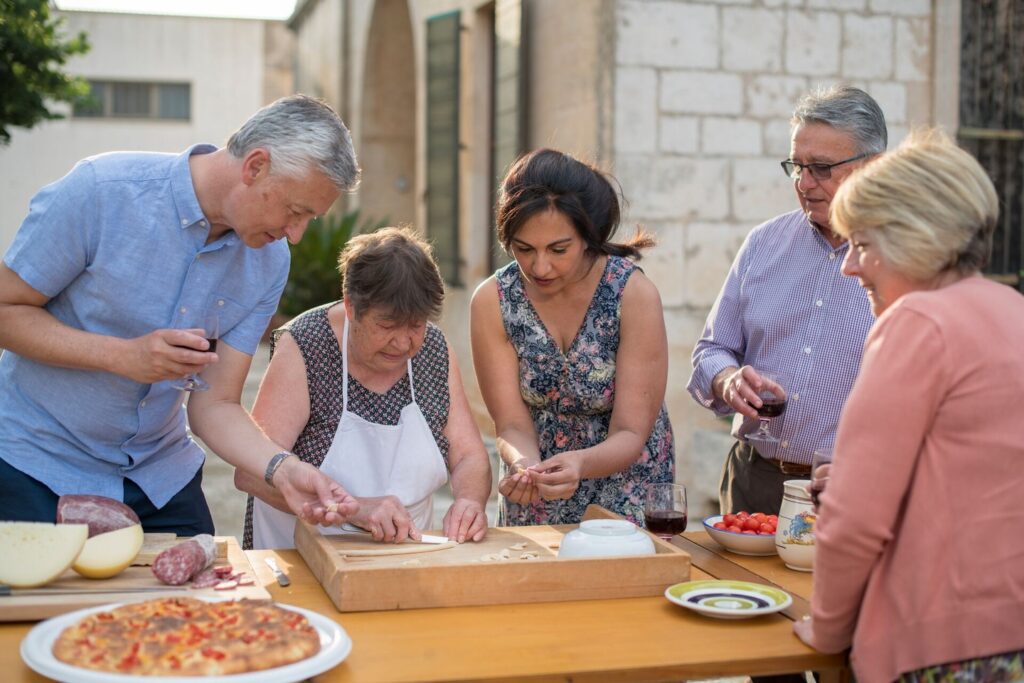

If time is tight, 10 days strike a nice balance. That’s enough to savor Rome’s history, Florence’s art, and Venice’s charm without feeling rushed – like on Trafalgar’s Great Italian Cities tour. Add the Amalfi Coast or Tuscany for variety, and extend the schedule if you can to join the Wonders of Italy or Best of Italy trips. Here are a few itinerary examples that maximize your time in Italy across 11 days:
Our Italian Concerto tour brings you Italy’s best cities in a single adventure:
- Begin in Rome and three nights exploring the ancient city’s landmarks and the beauty of Vatican City.
- You’ll then get three nights based in the Amalfi Coast with trips to Pompeii and Capri.
- Finish your adventure with two-nights each in Florence and Venice.
Alternatively, our Italian Bellissimo tour takes the same number of days and shakes up the itinerary:
- Start in Rome with three days to experience the Eternal City and Vatican City.
- Depart Rome for a trip to Pompeii on route to your two-night stay on the island of Capri.
- After Capri, Perugia and Assisi await before two nights in Venice take your breath away.
- Three more days spent exploring Pisa, Montecatini Terre, Florence, and San Gimignano will check off all of your Italian must-dos before ending the trip with one final night in Rome.
Less than a week? Less is more – but you can see the most with Trafalagr’s Italian Holiday tour. A month? You’ll still barely scratch the surface. Italy isn’t a checklist – one tour will leave you wanting more!
Tour not found.3. What month does Italy shut down?
August is Italy’s great escape. Big cities empty as locals flee to cooler coastlines, leaving shuttered shops and quieter streets behind. Tourists still swarm, but many family-run trattorias, boutiques, and bakeries take a well-earned break. Plus you can expect shorter business hours and fewer locals in places like Rome or Milan. Head into the countryside or seaside to find the locals enjoying their own summer paradise.
READ NEXT: 20 reasons to visit Italy in 2025
4. Season-by-season: the best time to visit Italy
From the shoulder seasons to the summer months, each season in Italy offers a unique experience. Just remember that Italy is a long country, so temperatures in the north will be cooler than parts of Italy in the south.
Best weather: April to June shoulder season hits a sweet spot
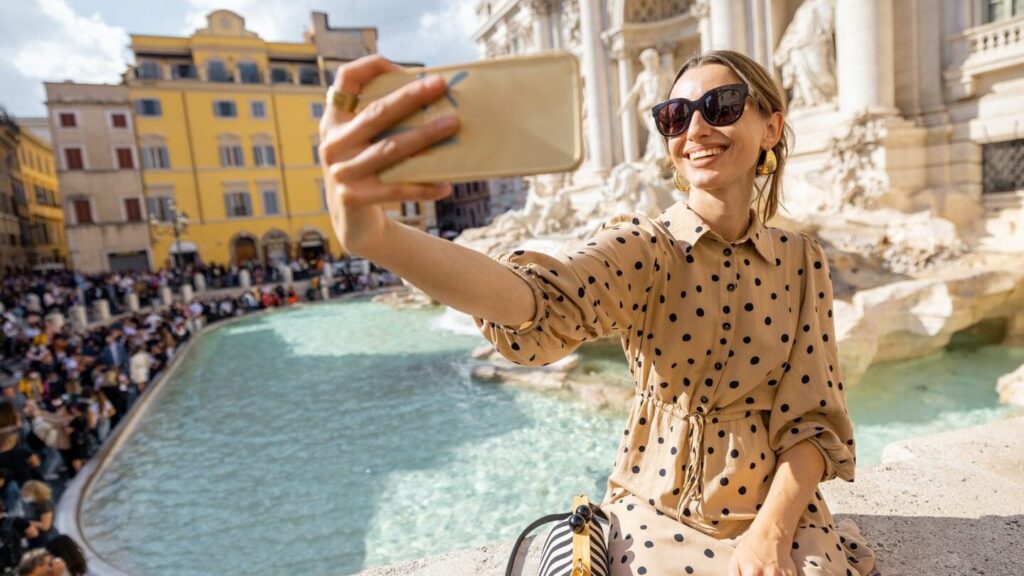

Spring is an ideal time to visit Italy. From April to June, temperatures range from 15-25°C (59-77°F), so arrive expecting warm, sunlit days, spring blooms, and cool breezes.
It’s a great time for city exploring, like on Trafalgar’s Great Italian Cities tour, before the summer heat kicks in. It’s best to avoid Rome in the high summer heat, while Florence is better in spring before July’s tourist surge. Coastal destinations, like the Amalfi Coast, are more relaxed with quieter beaches. While inland, Tuscany and Umbria are vibrant green – and those cellar doors are certainly open.
In early spring you can experience Easter celebrations, including Florence’s spectacular Scoppio del Carro fireworks. While in May, Infiorata festivals transform streets into floral carpets. By June, the first summer concerts will start happening.
Peak crowds: July and August, summer fun with vacation crowds and high prices
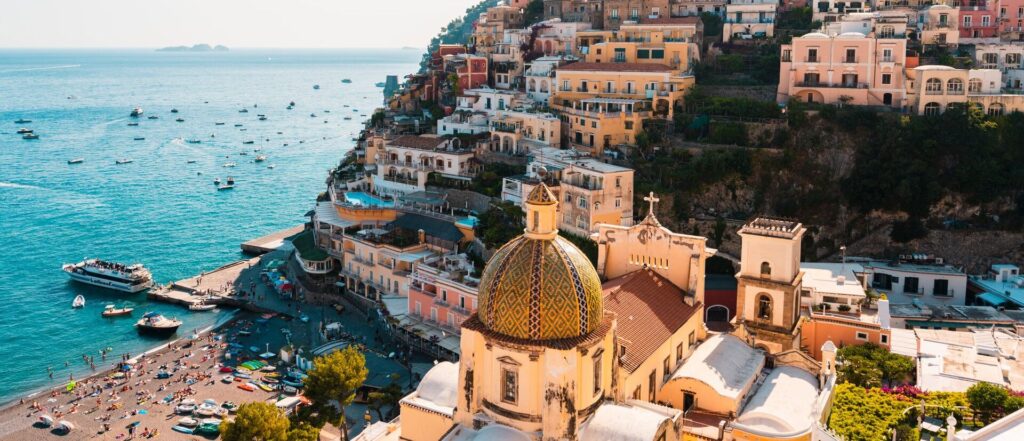

Summer in Italy is both exhilarating and intense. From July to August, temperatures soar, often exceeding 30-35°C (86-95°F) in big inland cities. Places like Rome, Florence, and Milan swelter in the heat and you’ll find crowds everywhere. This is peak tourist season! But despite the crowds, Italy buzzes with energy, long nights, and unforgettable sunsets.
For a cooler escape, the north of Italy around the Dolomites is much cooler. Here you can hike to alpine lakes. Or venture to the beaches of the Amalfi Coast and Sicily. They will be packed with vacationers, but the people watching will be prime! Just be sure to book your Italy tours, hotels and ferries well in advance.
Summer is also peak festival season. In July catch the famous Palio di Siena, a thrilling bareback horse race in Tuscany. Then in August don’t miss the colorful Ferragosto celebrations. There are also music festivals like the Puccini Festival in Tuscany or Verona’s open-air opera.
Food festivities: September to November is harvest time
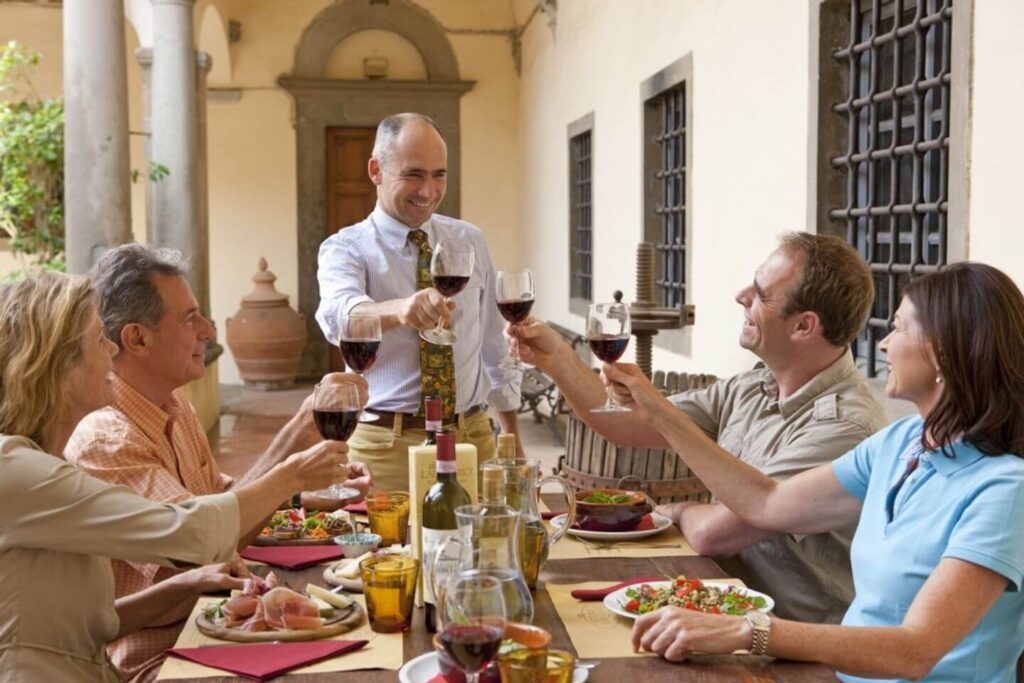

Food lover? Pencil in your trip to Italy for autumn. From September to November the country transforms into a feast for the senses as temperatures cool to a comfortable 12-25°C (54-77°F).
Autumn is when Italy’s culinary traditions shine. The grape harvest (vendemmia) kicks off in September, with wineries in Tuscany, Piedmont, and Sicily offering tastings and harvest experiences. By October, the olive harvest and pressing begins, bringing fresh, peppery extra virgin olive oil – best sampled in Umbria and Puglia.
Smoke from roasting chestnuts can be seen in piazzas, adding atmosphere to cities and villages. And, perhaps best of all, truffle season peaks in November, with Alba’s famous White Truffle Festival, where hunters and chefs celebrate this prized delicacy.
To top it all off, the local markets will be overflowing with autumnal produce like mushrooms, pumpkins, and figs. All things worth celebrating, which the Italians do with sagre (food festivals) bringing communities together.
READ NEXT: 40 basic Italian phrases you need to learn before your next trip to Italy
Winter fun: December to March for low prices and snow
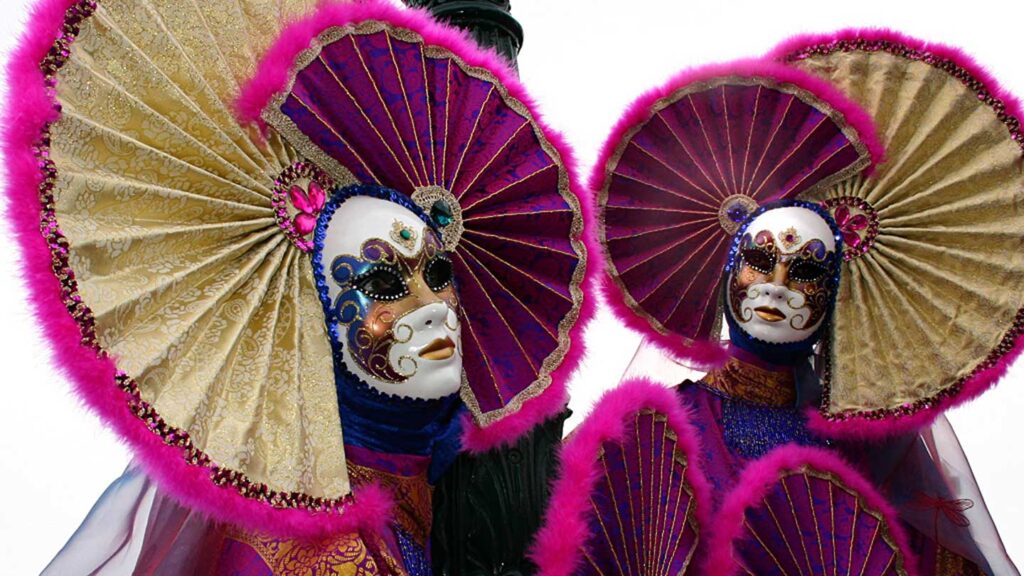

With lower prices on tours, flights and hotels, winter is perfect for travelers on a budget (who still want to connect with culture, dine in cozy trattorias, and avoid the crowds!)
From December to March, temperatures vary quite wildly across Italy. Northern cities like Milan and Venice drop to 0-10°C (32-50°F), while southern regions like Sicily stay milder, around 10-15°C (50-59°F).
Go early for December Christmas markets in Florence, and Rome. Or later for Carnival season, with Venice’s masked balls and Viareggio’s parade of giant floats. If you want to chase snow, look to the Alps and Dolomites, where you can find world-class skiing in Cortina d’Ampezzo, Val Gardena, and Courmayeur. Or if you’re a history buff, the cities are quiet – ideal for exploring museums without lines.
Tour not found.5. The best time to visit different Italian cities
Italy’s diverse regions shine in different seasons, so timing your visit can make all the difference.
When is the best time to visit Rome?
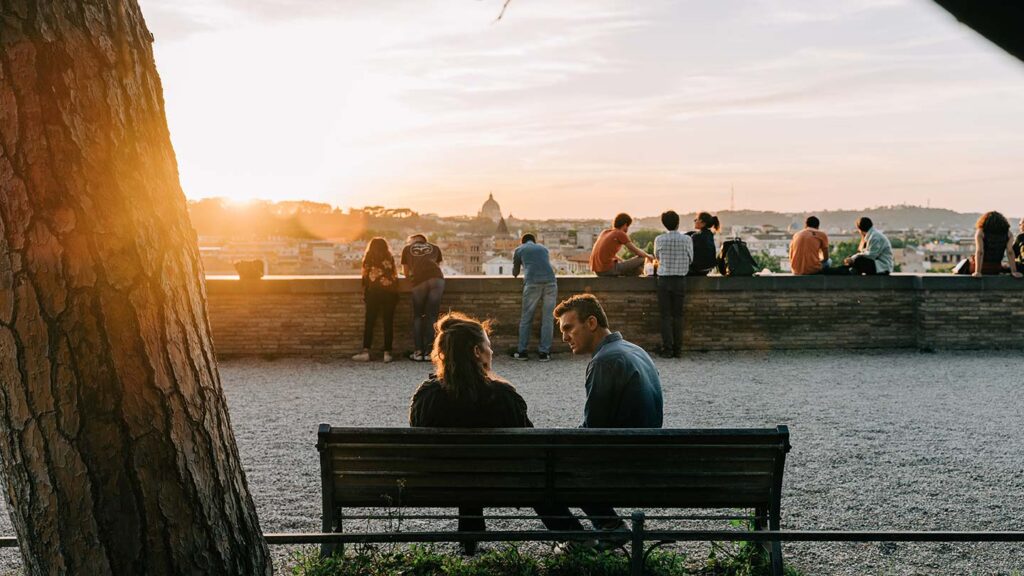

Late spring (April to June) and early autumn (September to October) are ideal for Rome. Temperatures stay 17-27°C (63-81°F), perfect for wandering the Colosseum, Vatican, and Trastevere without summer’s scorching heat. Shoulder season crowds are manageable, and piazzas buzz with life. In August the locals leave, so you won’t see the authentic side to the city. Winter is a good time for budget travelers.
Tour not found.When is the best time to visit Venice?
Venice is magical in April-May and September-October, with 15-25°C (59-77°F) temperatures and fewer crowds. Summer (June-August) sees heavy tourism, high humidity, and higher water levels. Winter is quiet, except around February’s famous Carnival festivities. November brings acqua alta (flooding), but also a misty, mysterious charm.
READ NEXT: These are the 13 best places to visit in Italy
When is the best time to visit Sicily?
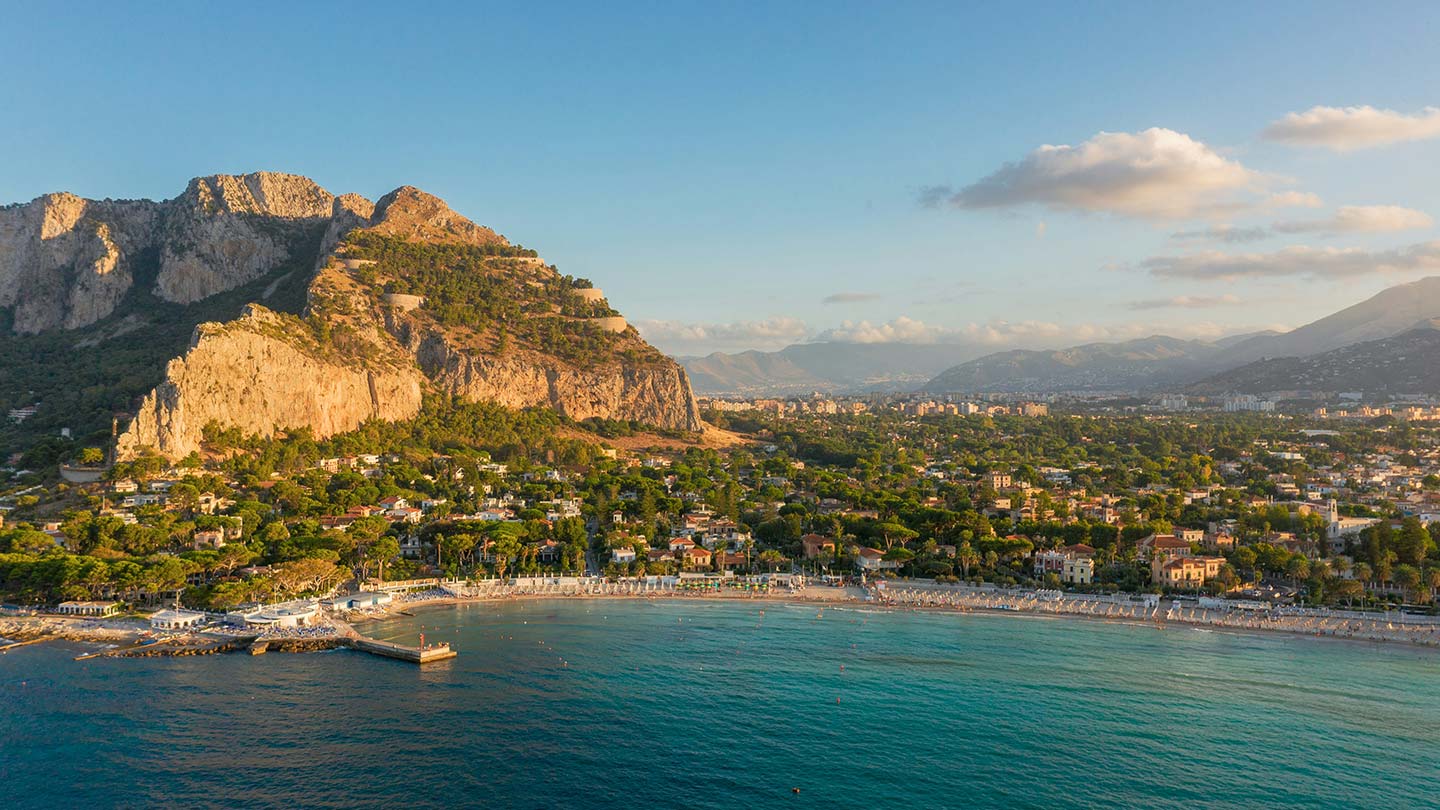

Sicily shines in May-June and September-October, when temperatures range from 20-28°C (68-82°F). This the best time to explore Palermo, Taormina, and Mount Etna without extreme summer heat. July and August tip over 35°C (95°F) and beaches get crowded. Go in spring for wildflowers and autumn for the grape and olive harvests.
Best time to visit Italy’s top attractions
Italy’s amazing attractions are as diverse as the country’s climate. With most famous destinations begging you to spend just as much time outdoors in nature as you spend indoors at museums, you’ll want to plan your vacation around the best time to visit these iconic Italian attractions.
When is the best time to visit Lake Como?
The shoulder seasons of late spring and early autumn used to be the best times to visit Lake Como, but crowds have crept across nearly every week of the calendar. The shoulder seasons are still a great fit for those seeking pleasant, not-yet-peak temperatures and crowding. However, consider spending time around Lake Como during the winter months. Although some restaurants, attractions, and hotels may have reduced service or hours, you’ll see the lakeside villages in a snuggly new light.
When is the best time to visit the Dolomites?
The two major reasons to visit the Dolomites involve outdoor activities in the snow and in the sun. If you don’t mind adding an extra layer to your luggage, a great time to visit the Dolomites for hiking is late-September to early-October. Snow hasn’t yet hit much of the lower altitude areas, though the temperature drop has encouraged crowds to disperse. For snowy fun, make sure you arrive by mid-March: higher altitude areas may see snow until even June but mid-March is pretty predictable for a perfect amount of powder and people on the slopes.
When is the best time to visit the Amalfi Coast?
The Amalfi Coast is struggling with overtourism during the high season between April and September. Although many hotels, shops, and restaurants do close in the winter, towns like Positano still have plenty of locals around to keep the village operating. For the famous postcard views and dreamy Instagram-style experience, yes, visit in the summer; but if you want to see the true heart of the Amalfi Coast, undisturbed in its beauty, consider booking one of the few hotel rooms available in the winter.
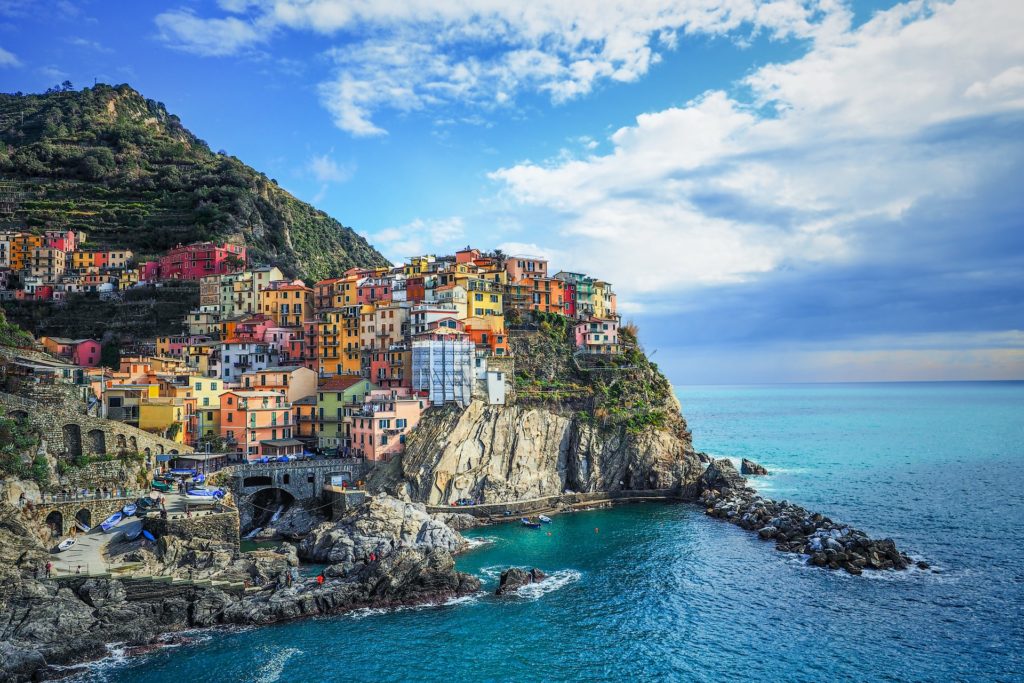

When is the rainy season in Italy?
The rainy season tends to be in the late-autumn between October and November, and between March and May in the spring. June through August have the lowest amount of rainfall per month across Italy as a whole. Rainfall will vary by region, with the northern areas seeing more precipitation than southern areas. It’s important to keep in mind that November sees heavy rains in Venice that often flood the streets — sometimes waist-deep water awaits visitors.
Where should I go in Italy to avoid the crowds?
If Shakespeare wrote about it, if a Hollywood movie or TV series filmed there, or if a photo of it pops up when you search “most beautiful places in Italy”…then you’re sure to find crowds. Consider alternatives to places like Venice with Udine, an equally stunning relic of the old Republic of Venice. Swap the packed Vatican City for another microcountry, San Marino. Find stunning Mediterranean views rivaling the Amalfi Coast at the locally-loved beaches for swimming in Tropea.
What should I wear in Italy in the summer?
Wear breathable layers when traveling to Italy in the summer, even if you’re in the north. Plenty of hours of sunlight can turn your tan into a burn so bring sunscreen if not breathable long-sleeved shirts. Closed toe shoes are a must for every walking tour, particularly along the cobblestones of Rome, while a visit to wine country warrants one easy-going, lightweight dressy attire for dining al fresco at a vineyard.
That’s our guide to the best time to visit Italy. Any questions? Leave us a comment…
Author Daniela Sunde-Brown is an Australian travel writer based in Lisbon, Portugal, who plans her adventures around local food and drink.